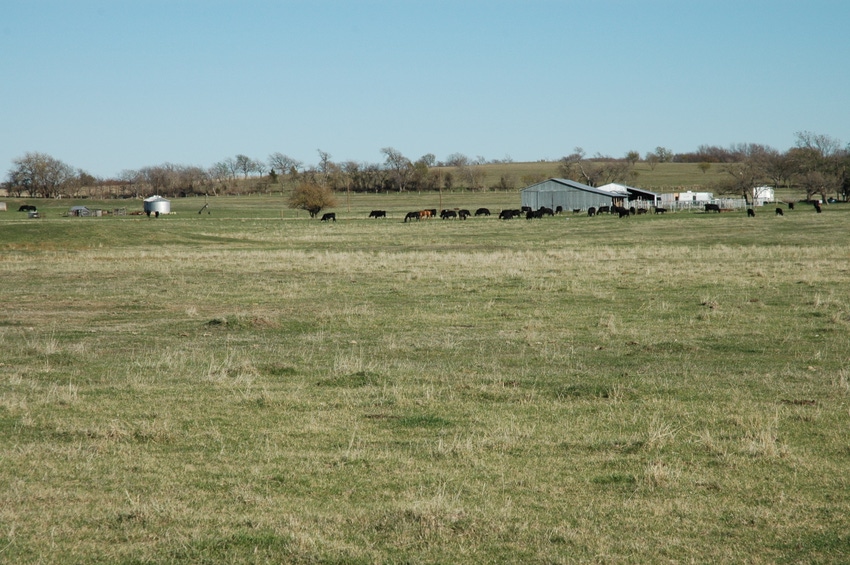May 1, 2012

If you are in the cattle business and you look across your pasture and see a lot of green, in many cases that green is probably weeds, and grasses still have a way to go before they are recovered from the drought.
Parts of Texas have had significant rain and folks are starting to talk about restocking their cattle herd, but here is a word of caution. We may not be out of the drought yet! In contrast, if you are south of Hwy 44 in Nueces County, you have missed out on many significant rain events and your pastures still are still moisture stressed.
Some long range forecasts show that the drought will persist in South Texas or possibly even intensify. So if you are in South Texas and thinking about restocking, here are some questions you should ask yourself. How long is it going to take for your pasture to recover? What will this summer bring in regards to rain?
The drought that we went through in 2011 was historic and had a significant impact on our forages, and it could take a year for grasses to recover provided rainfall returns on a regular schedule. The drought obviously reduced above ground growth last year and at the same time, roots of these plants were also stressed, adding to the length of time it will take for these plants to recover.
One also needs to evaluate what you had to spend this past year to feed hay and other feedstuffs. Along with that expense, you might be in for some real sticker shock when you go to purchase replacement cattle.
So, before restocking, consider a rebuilding plan and think seriously about your stocking rate. Moreover, a rotational grazing system can improve overall range health by giving plants rest from grazing; plants will be more vigorous and their root systems better developed. In areas where droughts are common, breeding herds should constitute no more than 50 to 70 percent of the total carrying capacity of the ranch during normal years. The rest of the herd should be yearlings or stocker animals.
In Texas we should always keep drought in our stocking plans; we should have our pastures stocked for drought at all times. If we get into a period of above normal rainfall and we have a lot of extra forage, there are several ways you can utilize that extra forage, graze it, lease it out for grazing, or possibly bale it. In contrast, you cannot feed your way out of a drought and be profitable.
If you are completely destocked, maybe you choose just to stay out a year and let your pastures recover. After all, rangeland recovery only comes with rest. Keep in mind that the decisions you make before and after a drought are just as important as those made during drought. Consider these strategies when dealing with drought:
Maintain as much carryover forage on the ground as possible.
Keep the herd composition flexible.
Implement a grazing system that allows periodic rest of native pastures.
De-stock as early as possible. Make adjustments before either the range or the livestock suffer.
Balance forage supply and demand before, during and after drought.
Protect the soil by maintaining minimum forage levels.
Refrain from fully restocking after the drought until the forage has recovered completely.
You May Also Like




